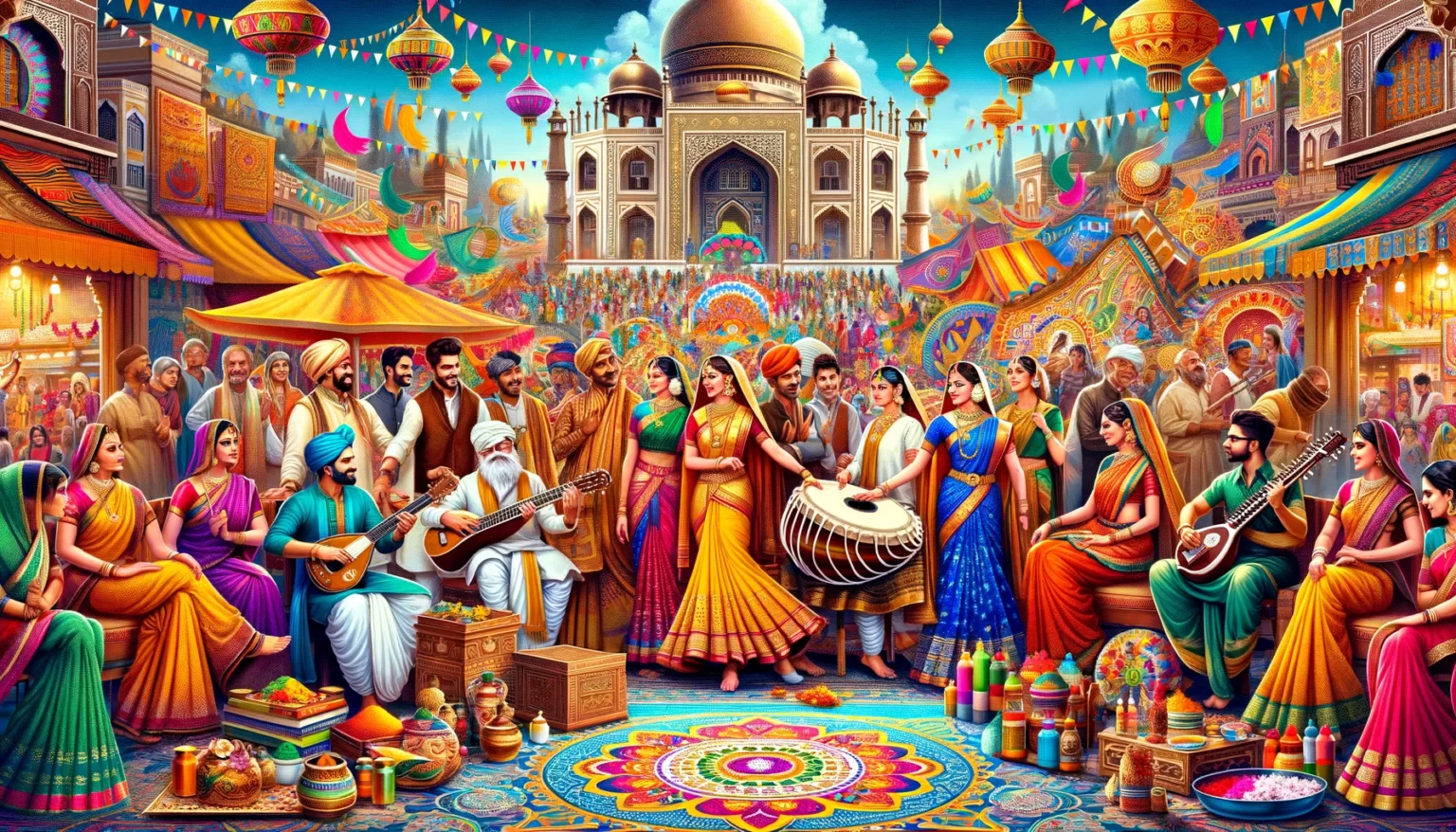What is the Hornbill Festival?
The Hornbill Festival, often called the “Festival of Festivals,” is an annual cultural event in Nagaland, India. Celebrated from December 1st to 10th, this festival showcases the rich cultural heritage of the Naga tribes through traditional music, dance, crafts, and food. It is named after the Indian Hornbill, a large and colorful forest bird that is displayed in the folklore of most of the state’s tribes.
What is the 25th Hornbill Festival?
The 25th Hornbill Festival marks a milestone celebration of this vibrant cultural event. It signifies 25 years of promoting and preserving the rich heritage of Nagaland’s indigenous tribes through various cultural performances and exhibitions.
Why Does Nagaland Celebrate the Hornbill Festival?
Nagaland celebrates the Hornbill Festival to:
- Preserve Culture: Promote and preserve the unique cultural heritage and traditions of its indigenous tribes.
- Boost Tourism: Attract tourists from around the world, providing a platform to showcase the state’s cultural diversity.
- Foster Unity: Encourage interaction and unity among the different tribes of Nagaland, fostering a sense of community and shared heritage.
Which State Organizes the 23rd Hornbill Festival?
The 23rd Hornbill Festival is organized by the state of Nagaland in India.
Nagaland’s Festivals Linked to Agriculture
Nagaland’s culture is deeply rooted in agriculture, and many of its festivals reflect this connection. These festivals are significant as they mark important agricultural cycles and are celebrated with great enthusiasm.
- Sekrenyi: Celebrated by the Angami tribe, this festival marks the beginning of the sowing season.
- Moatsu Mong: Celebrated by the Ao tribe, it signifies the end of the planting season and the start of a period of rest and celebration.
Hauz-i-Shamsi
Hauz-i-Shamsi is a historic water reservoir in Mehrauli, Delhi, built during the reign of Sultan Shams-ud-din Iltutmish in 1230 AD. The reservoir was constructed to provide water to the region and is associated with various legends, including one where the site for the reservoir was marked by the hoof print of the Prophet’s horse.
2000-Year-Old Copper Coins Discovered at Mohenjo Daro
Archaeologists have recently discovered 2000-year-old copper coins at Mohenjo Daro, an ancient city of the Indus Valley Civilization located in present-day Pakistan. These coins offer valuable insights into the economic and trade practices of the civilization.
Mohenjo Daro (Mound of the Dead)
Mohenjo Daro, meaning “Mound of the Dead,” is one of the largest settlements of the ancient Indus Valley Civilization. Built around 2500 BCE, it is renowned for its advanced urban planning, architecture, and sophisticated drainage systems. The site is a UNESCO World Heritage Site and provides significant archaeological evidence of one of the world’s earliest major urban centers.
Mahaparinirvan Diwas
Mahaparinirvan Diwas is observed on December 6th to commemorate the death anniversary of Dr. B.R. Ambedkar, the chief architect of the Indian Constitution and a prominent social reformer. This day is marked by various events and tributes to honor his contributions to Indian society.
Garba Dance of Gujarat Makes it to UNESCO List
The Garba dance, a traditional folk dance from Gujarat, has been inscribed on the UNESCO Representative List of the Intangible Cultural Heritage of Humanity. Garba is performed during the Navratri festival and symbolizes the cultural vibrancy of Gujarat. The dance involves rhythmic movements and is usually performed in a circular formation.
Santiniketan
Santiniketan, located in West Bengal, is an esteemed cultural and educational center founded by Rabindranath Tagore. Known for its emphasis on the integration of art, culture, and nature in education, Santiniketan has a significant place in India’s cultural history. It continues to be a hub for learning and artistic expression.
Channapatna Toys
Channapatna toys are traditional wooden toys from the town of Channapatna in Karnataka, India. These toys are made using eco-friendly materials and are known for their vibrant colors and intricate designs. They are a fine example of sustainable craftsmanship.
Shree Mandira Parikrama Project
The Shree Mandira Parikrama Project is an initiative aimed at enhancing the infrastructure around the Jagannath Temple in Puri, Odisha. The project seeks to improve the pilgrim experience while preserving and maintaining the temple’s heritage and sanctity.
Kolattam Dance
Kolattam, also known as the “stick dance,” is a traditional folk dance form from Tamil Nadu and Andhra Pradesh. It involves rhythmic clapping of sticks and is performed by groups of dancers. Kolattam is often seen during festive occasions and cultural events, symbolizing joy and community spirit.
Pandit Motiram Pandit Maniram Sangeet Samaroha
The Pandit Motiram Pandit Maniram Sangeet Samaroha is a classical music festival held annually in Hyderabad. It is organized in memory of the legendary classical musicians Pandit Motiram and Pandit Maniram, who made significant contributions to Indian classical music.
Veer Baal Diwas
Veer Baal Diwas is observed to honor the martyrdom of the sons of Guru Gobind Singh, the tenth Sikh Guru. This day is dedicated to remembering the bravery and sacrifices of the young martyrs who stood firm in their faith and principles.
